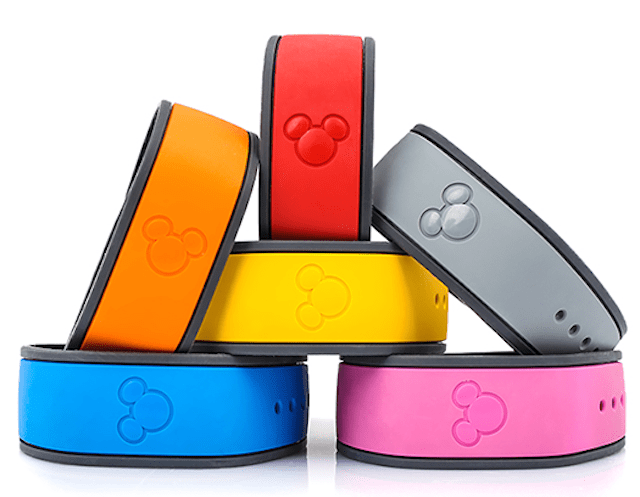

Attrecto team
How Can Machine Learning Technology Improve Customer Experiences?
In our most recent webinar, Leveraging Data to Drive Increased Personalisation and Empathy, our speakers discussed a great deal relating to relationships between brands and customers, personalisation, as well as the increased role of technology in driving CX initiatives.
Our very own CEO, Gergely Kiss was the one to speak about the vital role AI and Machine Learning play in shaping customer experiences. So, without further ado, let’s see what his thoughts are on this topic!
CX IN A NUTSHELL
To better understand which areas can be improved by the inclusion of AI technology, we have to first know what we mean by customer experience and what we can do about it to make it better for our target audience.
CX is the combined interactions and emotions that a customer has in connection with a company. It is the combination of both pain and pleasure when a consumer is using a product or service – or is inquiring about one.
And what we often see (as customers) from what CX is, we usually only perceive (or encounter) the very tip of the iceberg. And in the case of the technology involved, it is mostly the front end of it.
But there’s a lot more to CX below that we don’t see, even when we’re already using the product. Customer service, billing, technical support, account management, logistics, and many more can be found below the surface.
UX is still just one of these elements. It needs to be well planned out and executed, but in no way it is the only determining factor that can result in great CX.
And it’s very important to note that the majority of customer data necessary to discover impactful insights are hidden there, but AI provides the capacity to mine this data and leverage it in the delivery of superior customer experiences.
DOMINANT TRENDS IN CX
Individual customer management and predictive personalization.
And these trends create a cycle. With more and more customer data being generated because of increased computer and smartphone use, it becomes easier to provide personalized services. And because of smoother and more efficient customer management and the successful anticipation of customer needs (which are then subsequently met), companies receive more interactions from which they can gain more customer data to be processed and analyzed.
As for why companies are doing this is because they have realized that treating customers well is the best way to retain the ones who are already doing business with them, improve their satisfaction levels (also needed to bring in new customers), and increase cross-selling and up-selling. No wonder that these are the top three reasons for businesses that are proactively investing in improving their CX initiatives: if all three areas are addressed appropriately, the bottom line and ROI will be impacted very positively.
As for personalization itself, it helped with bringing in a new approach to customer segmentation. Instead of groups of people based on demography, we can now have a single person be a separate, unique segment, enabling much greater personalization.
Predictive analysis helps with this, as it anticipates what users will do within the system, and then provide them with useful interactions that they want and need at that particular point of their journey.
In other words, the company is trying its best to find out who you are and what you’d like to achieve… and then deliver that to you without having to tell it yourself
SUCCESSFUL APPLICATION OF MACHINE LEARNING IN CX
There’s an insane amount of data being generated every day. Several years ago, it was estimated that 2.5 quintillion bytes of data was the daily figure and that got only ever higher since. Much of it is customer data, and whether we like it or not, hundreds of thousands of businesses could be storing data about us in data silos across the world. Data that is aimed at finding out who we are and what we are doing on a website.
And that is why they need AI and its Machine Learning (ML) functionalities. To make sense of impossibly huge sets of data and use those for predictive personalization, for instance, ML is vital.
Let’s approach this from a practical standpoint and see some great examples of how ML can improve CX.

Credit Card Companies’ Anti-Fraud Algorithms
Visa or MasterCard, for example, are using online learning algorithms to detect fraud. They go through millions upon millions of data points each day with neural network systems running in the background. And these networks can ‘feel’ (or rather, compute) when something fishy happens. How? It basically ‘sees’ that the data points of a fraudulent transaction do not match the ordinary patterns that were compiled from those billions of data points.
Although the companies won’t know what the problem is in an instant, they will be alerted to the problematic incident and then investigate.

Netflix’s or Amazon’s Recommendations Engine
Today, 75% of programs watched on Netflix are watched because they were recommended.
While at Amazon, 35% of purchases also happen because of recommendations either based on the customer’s previous choices or other people’s purchases who also bought the same item. Given the insane amount of revenue generated by purchases at Amazon, just imagine how much can be attributed to those suggestions!

Disney’s Magic Band
Progressive’s Telemetry System
Chatboss Chatbots
KEY TAKEAWAYS
Gergely closed his presentation with these takeaways:
CX is becoming increasingly important for companies, as a major differentiating factor that makes them stand out as businesses is how they treat their customers. The focus of investments and technological advancements in all about treating the customer right, as not only that will result in satisfied customers who buy more often, but create a loyal brand image that is attractive to current and prospective clients alike.
While automation was a big thing in the last decade, in CX it wasn’t the best trend to follow. Fortunately, instead of going in the direction of over-automation, companies are moving towards making personalized experiences as unique and widespread as they possibly can.
If you’ll allow this personal recommendation, then we suggest checking out Gergely’s presentation and hearing him discuss this at length. And while you’re there, listen to Lili Kunfalvi as she talks about the way brands can build relationships that makes their customers happy, satisfied, and loyal, and Armin Gulbert as well as he dives deep to show what an effective personalization journey looks like.


